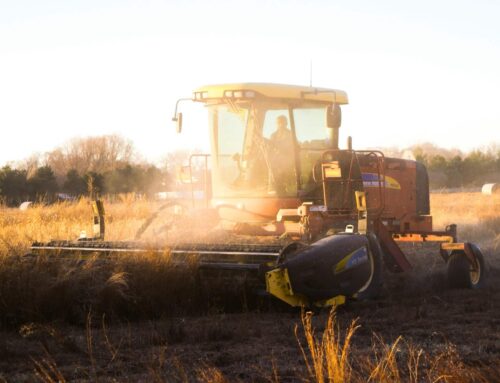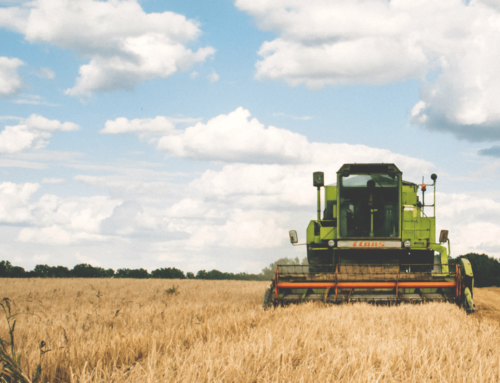As we expected, the House and Senate Agriculture Committees went to great lengths this week to save as little money as possible in their versions of the 2013 farm bill. The Senate led off on Tuesday, marking up a bill to shift more risks onto taxpayers, repeal taxpayer protections in last year’s bill, and replace common sense reform measures with special interest carve-outs. Last year it was popcorn, peanuts, cotton, and catfish that received favored status (all of which are still in the bill). This year, crops and constituencies that were put on a pedestal include seafood harvesters, sweet sorghum, farmed deer and elk, cotton, wool, and citrus.
Other goodies in the Senate Agriculture Committee’s farm bill were added to pacify the Southern farm lobby while irking Midwestern Senators. The Committee took a step back in time by reintroducing government-dictated target prices that have propped up select crops for decades. Corn and soybeans don’t even want the support but the Committee voted to keep the money flowing whether it is necessary or not.
If that wasn’t enough, the Committee went further by skirting the democratic process and backtracking on policy reforms agreed to last year by the full Senate. Last June, the full Senate spoke loud and clear – by a vote of 66-33 – that federal crop insurance program participants earning over $750,000 per year should pay a greater percentage of the cost of their own insurance premiums. However, through an amendment offered by Chairwoman Stabenow, the Senate Agriculture Committee voted to reverse the will of the Senate and repeal one of the few taxpayer protections included in last year’s farm bill.
The House bill isn’t much better. Like its Senate counterpart, it too attempts to take credit for $6 billion of sequestration savings that were passed as part of the Budget Control Act nearly two years ago. The House and Senate farm bills only save $18 billion and $33 billion instead of higher savings totals being touted by Committee leaders. These lawmakers are not only shooting for lower savings than those in last year’s bills, but also those proposed in the President’s FY14 budget request. Shaving just two to three percent off future farm bill spending of $1 trillion won’t cut it with our current national debt hovering around $16.8 trillion.
For no logical reason, the House Agriculture Committee also wants to shield the public from knowing where their taxpayer dollars are going. Just because the Environmental Protection Agency released names of Confined Animal Feeding Operation owners doesn’t mean that taxpayers shouldn’t know that landowners in New York City or profitable agribusinesses in the Corn Belt are receiving million in crop subsidies.
Even worse is the House’s attempt to extend a 17-year-old temporary, transitional subsidy payment for two more years as yet another “transition” payment for cotton producers. This would ensure that the cotton industry is paid plenty of subsidies, whether they’re necessary or not, until the government has time to implement a new income guarantee program created solely for – you guessed it – cotton. This new “shallow loss” program called STAX would be STAXed upon an already sky-high subsidy sandwich of marketing loans, Market Access Program subsidies, decades-old direct payments, price floors, and other market distorting subsidies.
Instead of finding ways to shy away from long awaited reforms and find real and lasting savings for taxpayers, Committee leaders need to show leadership and create a more cost-effective, accountable, and transparent farm safety net.














Get Social